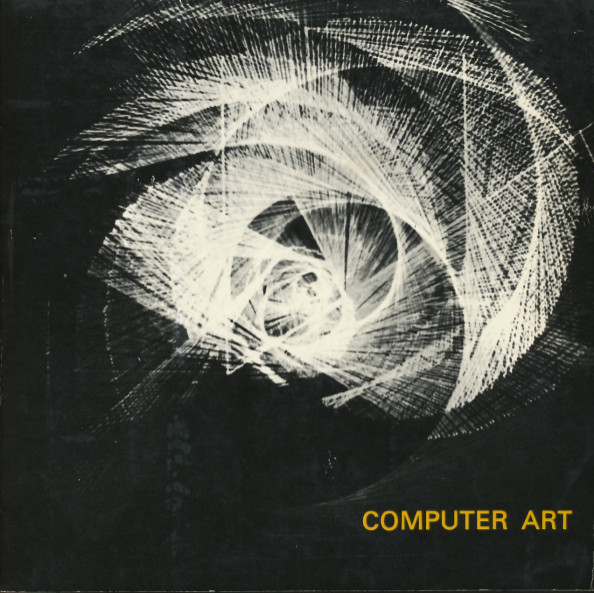D. M. Berry, M. Dieter, B. Gottlieb, L. Voropai: Imaginary Museums, Computationality & the New Aesthetic (2013)
Filed under sprint book | Tags: · aesthetics, computing, museum, net culture, new aesthetic

“This text was produced in a four-day long process of collaborative writing, a so called book sprint, facilitated by Adam Hyde through the Booktype software and featuring writers David M. Berry, Michael Dieter, Baruch Gottlieb and Lioudmila Voropai. The instructions were to write an essay on the relationship between the netculture meme, The New Aesthetic and The Imaginary Museum, as an art world meme. Following this intense and extremely creative writing process, a work of approximately 12,000 words was produced as a contribution to the file_under: The Imaginary Museum informing transmediale 2013.” (Source)
Self-published in Berlin, January 2013
41 pages
via anonymous
PDF (no OCR)
Comment (0)Martin Davis: The Universal Computer: The Road from Leibniz to Turing (2000–) [EN, IT, CR]
Filed under book | Tags: · biography, computing, history of computing, history of mathematics, logic, machine, mathematics, philosophy of science

“Martin Davis, a fluent interpreter of mathematics and philosophy, locates the source of this knowledge in the work of the remarkable German thinker G. W. Leibniz, who, among other accomplishments, was a distinguished jurist, mining engineer, and diplomat but found time to invent a contraption called the “Leibniz wheel,” a sort of calculator that could carry out the four basic operations of arithmetic. Leibniz subsequently developed a method of calculation called the calculus raciocinator, an innovation his successor George Boole extended by, in Davis’s words, “turning logic into algebra.” (Boole emerges as a deeply sympathetic character in Davis’s pages, rather than as the dry-as-dust figure of other histories. He explained, Davis reports, that he had turned to mathematics because he had so little money as a student to buy books, and mathematics books provided more value for the money because they took so long to work through.) Davis traces the development of this logic, essential to the advent of “thinking machines,” through the workshops and studies of such thinkers as Georg Cantor, Kurt Gödel, and Alan Turing, each of whom puzzled out just a little bit more of the workings of the world–and who, in the bargain, made the present possible.”
The paperback edition was retitled Engines of Logic: Mathematicians and the Origin of the Computer.
Publisher W. W. Norton, 2000
ISBN 0393047857, 9780393047851
257 pages
Review (Mark Johnson, Mathematical Association of America)
Review (Georges Ifrah, The American Mathematical Monthly)
The Universal Computer. The Road from Leibniz to Turing (English, 2001)
Il calcolatore universale: da Leibniz a Turing (Italian, trans. Gianni Rigamonti, 2003)
Na logički pogon: podrijetlo ideje računala (Croatian, trans. Ljerka Vukić and Ognjen Strpić, 2003)
Laxmi P. Sihare (ed.): Computer Art, catalogue (1972)
Filed under catalogue | Tags: · art, computer art, computing

Catalogue for an exhibition of 157 works held in March-April 1972 at the National Gallery of Modern Art in New Delhi, India, organised in collaboration with Max Mueller Bhavan, New Delhi, and IBM India.
With essays by Laxmi P. Sihare (then director of the gallery), Herbert W. Franke and S.L. Kapoor (then a system engineer at IBM-India).
57 pages
via compArt daDA
PDF (no OCR)
Comment (0)
